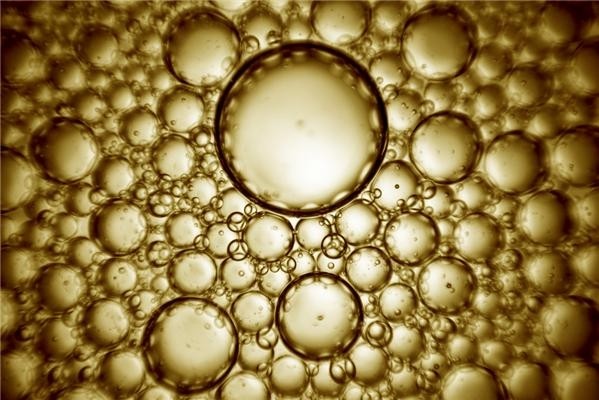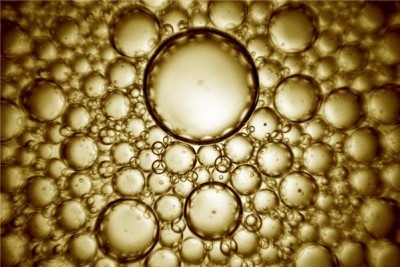Harvard insight into emulsion process could aid development of functional or nano foods

Writing in the journal Nature Materials, the research team noted that the findings have important implications for manufacturing processes used in the food, pharmaceutical, and cosmetics industries.
The research team said that while their finding is unlikely to affect any time-tested food formulations, it could have relevance for many newer applications such as formulation of functional foods or engineering nano emulsions, which rely on precise predictions of the particles' behaviour.
They added that better understanding of the behaviour of particles at oil-liquid interfaces will aid the development of efficient delivery systems for bioactive compounds and will play a role in the manufacture of nanostructured food materials.
“There are certain rules for making different types of emulsions,” explained Dr Vinothan Manoharan, an associate professor of chemical engineering and physics at Harvard.
“For example, do you get oil droplets in water, or water droplets in oil? The conventional rules are based on the properties of the materials, but our results suggest that it also has to do with time and the energy you put into the system,” he added.
Emulsion science
An emulsion is a mixture of two or more insoluble liquids – usually oil and water.
To give many food products, like mayonnaise, a reasonable shelf life, manufacturers typically add stabilising particles to create Pickering emulsions.
The researchers explained that in ice cream, for example, ice crystals act to stabilise the interface between the fat and water droplets – creating a rigid physical barrier between the two.
When the oil and water in these types of emulsions are mixed so that the particles are evenly distributed and stable, the emulsion is said to be at equilibrium.
The process of reaching this equilibrium has always been thought to occur almost instantly, explained Manoharan and his team.
However by studying the behaviour of these particles at an interface between oil and water, the Harvard researchers have now discovered that stabilised emulsions may take ‘much longer’ to reach equilibrium than previously thought.
Study details
To study the emulsions, Manoharan and his colleagues used holography to give a three-dimensional view of microscopic polystyrene balls while they approached an interface between oil and water.
The team hoped to watch it the balls settle into their predicted equilibrium point, straddling the oil-water boundary. However – and to their surprise – none of the particles reached equilibrium during the experimental timeframe.
Instead, the particles breached the interface quickly, but then slowed down more and more as they crossed into the oil.
Mathematically extrapolating the behaviour they did observe, Manoharan’s team revealed that the particles would stabilise on a time frame much longer than anyone had predicted.
"We were looking at what we thought would be a very simple phenomenon, and we found something very strange," said Manoharan.
“It has always been assumed that the particles moved almost instantly to their equilibrium contact angle or height, and then Young’s law would apply,” explained co-author Michael Brenner.
“Our experiments only went on for a few minutes, but for the system to reach equilibrium would take at least weeks to months, and possibly years,” added Dr David Kaz, the first author of the paper.
“If you’re really stirring hard, maybe you can get the particles to reach equilibrium faster,” said Brenner, “But what we’re saying is that the process matters.”
Source: Nature Materials
Published online ahead of print, doi: 10.1038/nmat3190
“Physical ageing of the contact line on colloidal particles at liquid interfaces”
Authors: D.M. Kaz, R. McGorty, M. Mani, M.P. Brenner, V.N. Manoharan























